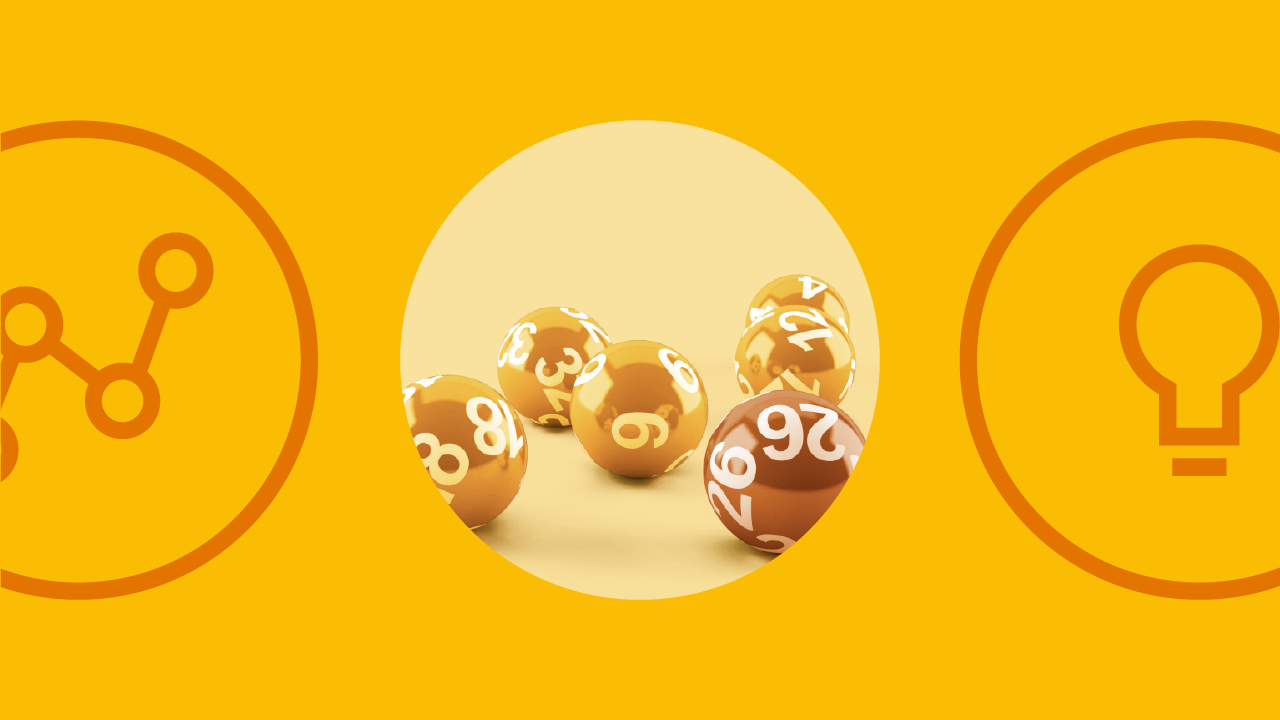As the marketing measurement landscape changes, the needs of marketers also change. Whether due to regulatory changes such as those to Europe’s General Data Protection Regulation (GDPR), user privacy concerns around how their data are being used or the varying privacy guidelines implemented across Asia-Pacific (APAC) markets, the ability to accurately measure customer conversions has evolved.
To drive long-term, sustainable growth, marketers must think about measuring items that are relevant to their businesses, which includes tying marketing results to business goals, embracing a culture of experimentation and navigating gaps in data as they emerge.
To help brands best prepare to measure the effectiveness of their digital efforts in 2021 and beyond, we asked marketers from across APAC regions to share their best practices and tips on how to succeed in a privacy-centric measurement world.
1. Collect data in a privacy-first way
In an evolving privacy-first landscape, marketers must rely on tools that provide for safe and compliant data collection and preservation methods, such as first-party data. Creating a strong infrastructure can help them achieve a better understanding of the performance of their online and offline campaigns. One way to do that is through Google’s Ads Data Hub, which gives advertisers access to detailed, aggregated data about their media campaigns across devices in a secure, privacy-centric environment.

“We built a privacy-first infrastructure based on Ads Data Hub, which allows us to interconnect our first-party business intelligence data with Google ad campaign data. This gives us insight into the user conversion life cycle, which helps us better understand the effectiveness of different ad formats so we can make more informed media buy decisions.”

“With Ads Data Hub, we are able to measure the holistic performance of our campaigns and dive deeper into consumer behavior to understand the impact on our brand metrics. This enables better decision-making in our marketing teams.”
2. Increase observable signals and supplement with modeling to fill gaps
When Macquarie University realized that it had limited visibility of its marketing performance across its website due to legacy implementation that did not consider the entirety of the customer journey, the marketing team set out to develop a measurement framework that would help optimize the university’s channels and streamline ad spending. Using Google Tag Manager, the team was able to track customer conversions and add more in-depth website analytics.
As a result, the team saw a 35% increase in acquisitions from online campaigns with a reduction in cost per acquisition.
Using a tagging solution like the global site tag or Tag Manager can help businesses achieve a strong online infrastructure, which is essential for increasing observable signals and mitigating further conversion loss. However, gaps in the measurement ecosystem may still arise due to industry shifts. When such gaps occur, conversion modeling can work atop a data-driven infrastructure to help paint a more complete picture of the customer journey, allowing marketers to fill these gaps when they appear.

“At Macquarie University, we were able to join our measurement framework with Google Analytics to build a strong foundation for our measurement infrastructure supported with a custom tagging strategy and dynamic optimizations. This helped us to materially improve results three years in a row.”
3. Adopt automation and optimization techniques
Proactively tagging and investing in first-party data lays a solid foundation not just for complete measurement but also for differentiated automation techniques that can help improve the speed and efficacy of marketing efforts.

“Google Analytics 4 and its BigQuery integration are helping us to track important purchase and behavioral data in real time. This is very valuable for gaining faster and more actionable insights, evaluating the performance of our marketing strategies, especially during flash sales campaigns, and even identifying possible nonconformities in the store that could impact our customer experience.”

“Creating a strong measurement framework and activating the intelligence gathered from that measurement data is key to unlocking marketing value in 2021. Our internal measurement platform has repeatedly shown success by joining Ads Data Hub and first-party data, which establishes the efficacy of brand marketing campaigns. Subsequently automating the activation of these data sets, along with dynamic creative ads, is where brands will see success.”

“The unique feature of integrating a customer’s user journey from our app and website in Google Analytics helps us better understand our customers. The machine learning capability of purchase/churn prediction meant that we could implement a better marketing strategy for new user acquisition and to recall potential churned customers, ultimately improving our return on ad spending.”
While we cannot exactly predict how the digital ads industry and ecosystem will evolve, we know the fundamental actions that businesses should take today to succeed in a privacy-first measurement world. These actions will define a business’s ability to adapt to changing measurement technologies and ultimately its success in achieving the most complete view of customers’ user journeys.







